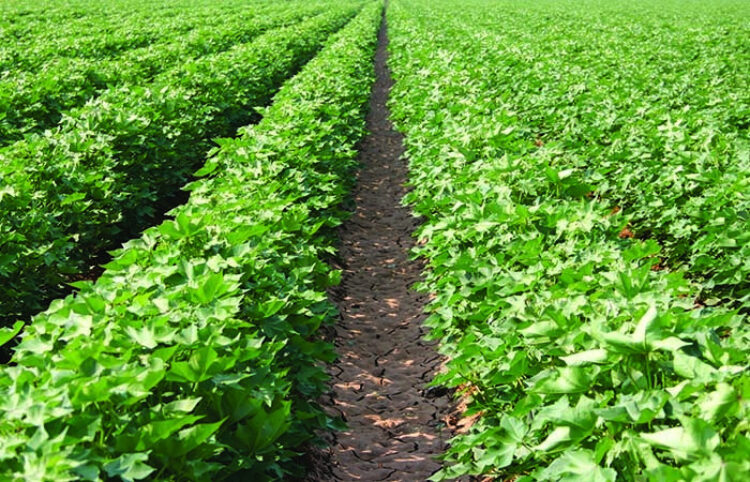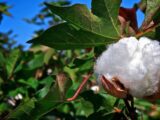
The main factor that affects the size of the Australian cotton crop is availability of water. As an annual crop (planted once a year), cotton only gets planted when there's water available. Cotton Australia collects crop data from a range of sources to develop estimates on size, yield and hectares per region. The latest 2019-20 cotton crop is severley drought affected, and the smallest crop in over 40 years.
National Cotton Crop 2019/20 season
Cotton Australia's latest estimates are show:
- 60,000 green hectares were planted (compared to 292,000 in the 2018-19 season)
- Around 600,000 bales were produced (a decrease of over 255% on the 2018-19 season)

What factors influence the outcome of a season?
- Rainfall and inflows into the dams located in the western side of the Great Dividing Range, and localised rainfall can impact a season.
- During a drought, the amount of water for farmers significantly drops, as allocations are reduced.
- The water that is available is prioritised for critical human needs and the environment first.
- If there’s no water available, there’s no irrigated cotton grown (unless a farmer irrigates using water they stored when there was a high water allocation).
- 2016 had significantly higher than average rainfall across cotton growing areas and since then (2017 onwards) there has been significantly below average rainfall. Above-average temperatures has also meant above average water use, which has impacted water availability.






